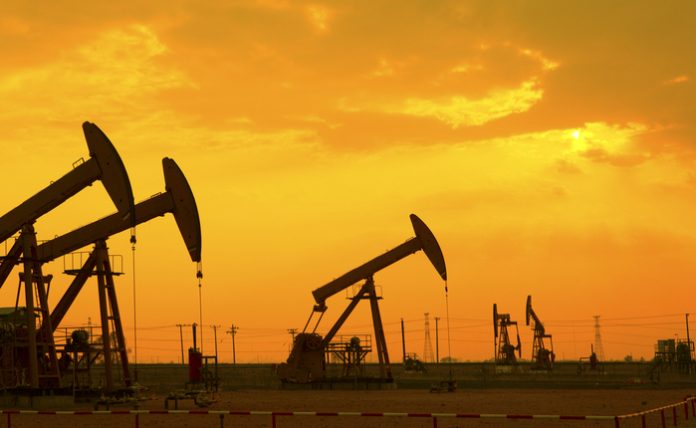Back in the previous quarter, commodity analysts questioned how effective supply cuts led by Russia and Saudi Arabia would be as prices continued to flutter and fall. Although prices have recovered mildly with Brent crude sitting at $60 a barrel, political volatility in other nations is threatening global supply as traders observe over the coming weeks how things will play out.
For one, analysts are watching over existing US sanctions against oil from Iran, with exports shrinking by 60 percent over the last year to around 1.1 million barrels a day. At the same time, Libya’s production has remained questionable with security challenges threatening their existing oil infrastructure.
The largest oil field in the country, El Sharara, has remained closed since December over pay disputes with local security and militia groups, with many analysts expecting the nation’s production to fall to 800,000 b/d, a steep decline from 1.3 million b/d back in late 2018, according to The Financial Times.
Existing turmoil in Nigeria and Venezuela has seen both nation’s exports decline to near historic lows, as the former’s presidential election last month has led to a new wave of violence across the country. Venezuela has seen it’s production decline to multi-decade lows, for reasons that most are well aware of. However, reports of potential US sanctions against the nations energy sector could lead to a further plummeting of the countries existing exports, which currently sit at 1.1 million b/d.
At the same time, however, international agencies have predicted that the overall direction of the international oil market will gradually get rebalanced. The International Energy Agency (IEA) commented that the prospect of production cuts in the nations mentioned above will be offset by the US’s growing supply.
Many reports have predicted that the US will end up being a consistent exporter of oil within the next couple of years, a sentiment that the IEA agrees with, saying that “the journey to a balanced market will take time, and is more likely to be a marathon than a sprint,” in a monthly oil market report. At the same time, the US “will reinforce its leadership as the world’s number one crude producer.”
“For oil demand, there is a mixed picture. Falling prices in 4Q18 helped consumers and there are signs that trade tensions might be easing. In many developing countries, lower international oil prices coincide with a weaker dollar as the likelihood of higher US interest rates fades for now. However, the mood music in the global economy is not very cheerful. Confidence is weakening in several major economies. In the short term, there is added uncertainty about oil demand due to the onset of the northern hemisphere winter season, with low temperatures seen in the past few days in many places,” said the report.
As for the Gulf members of OPEC – which are cutting supplies in a bid to raise oil prices – the real test will be of the cartel members discipline in how eager they are to restrict their production rates. As oil prices increase, there is an ever-increasing temptation to leave things as they are.










